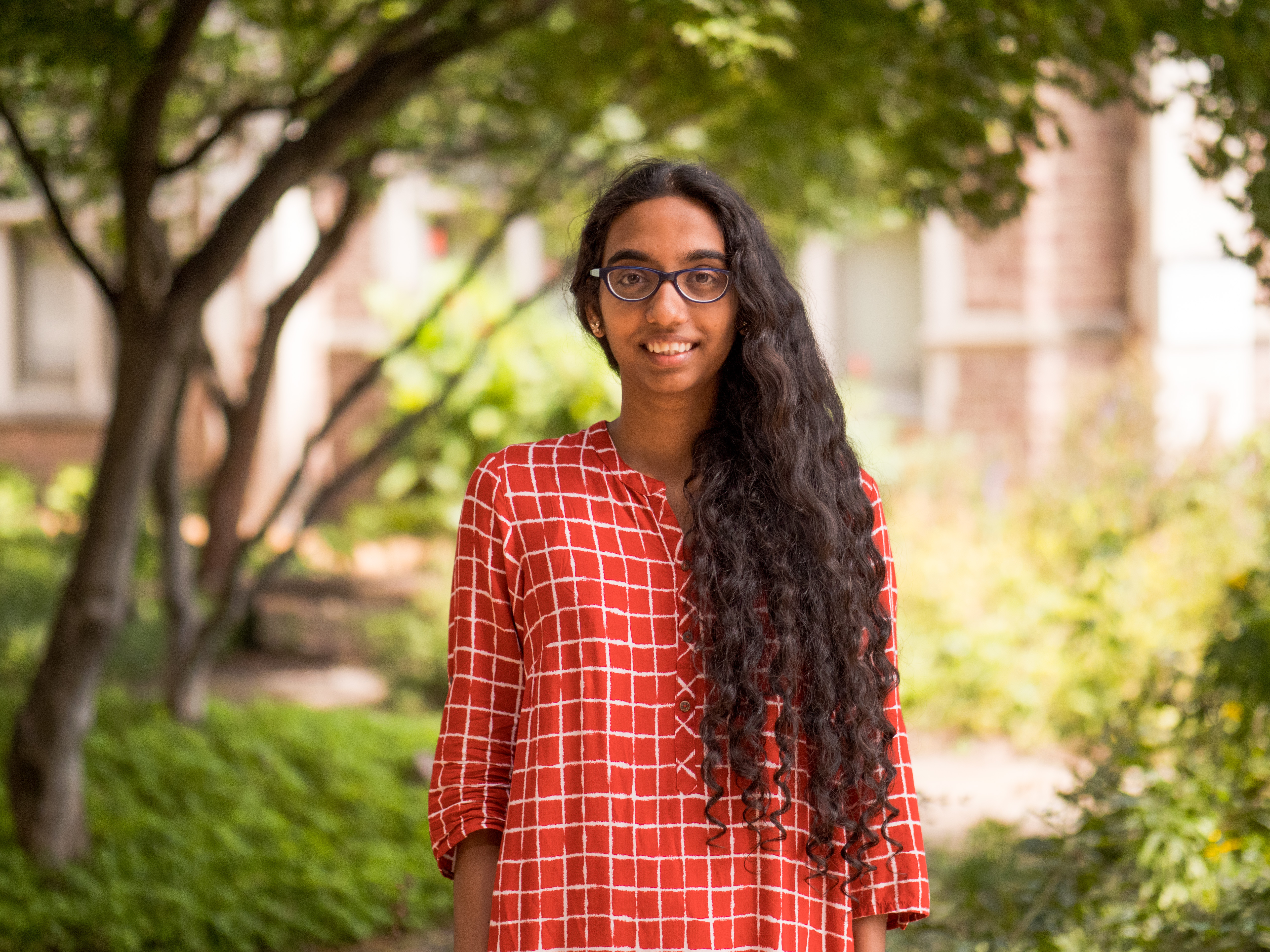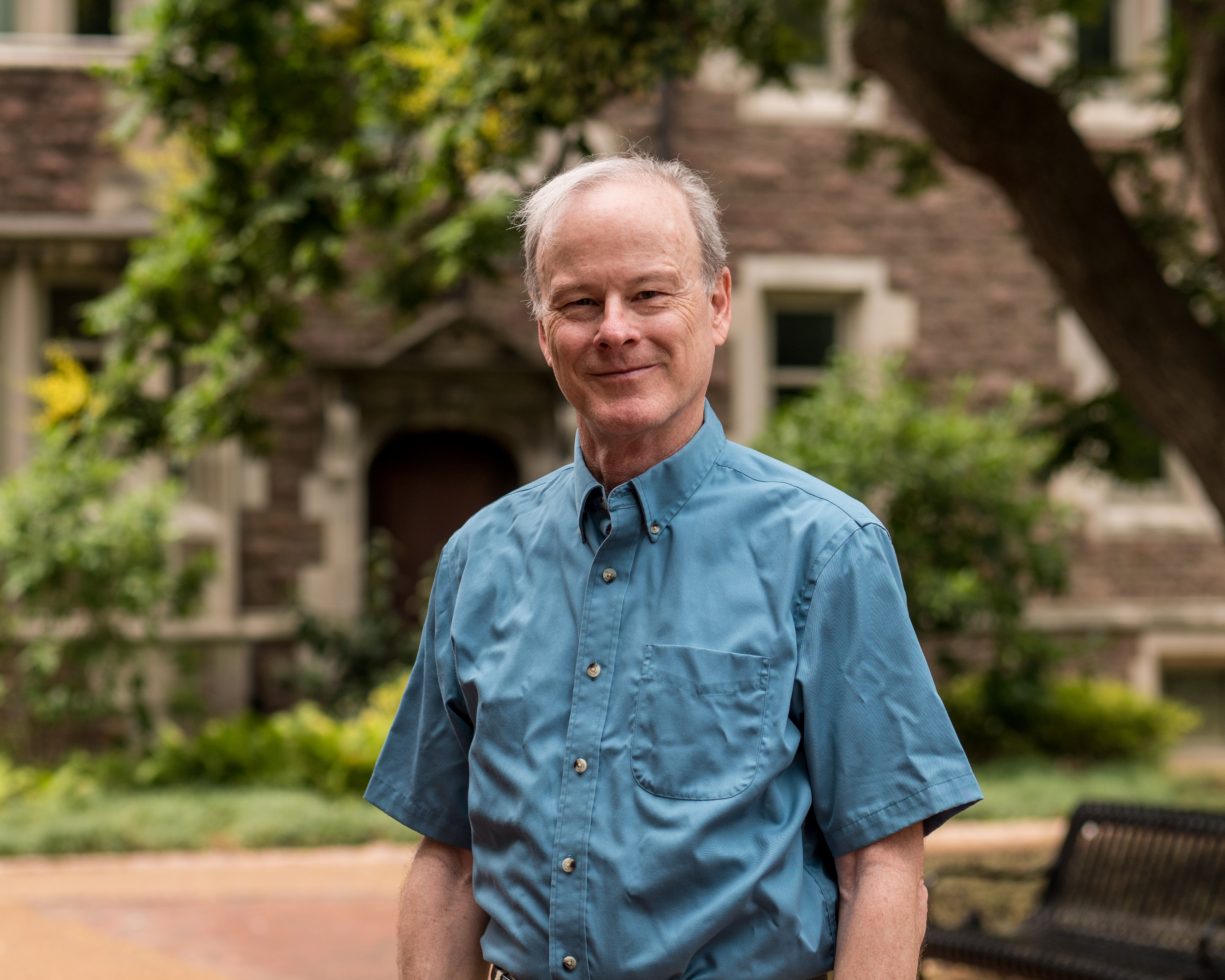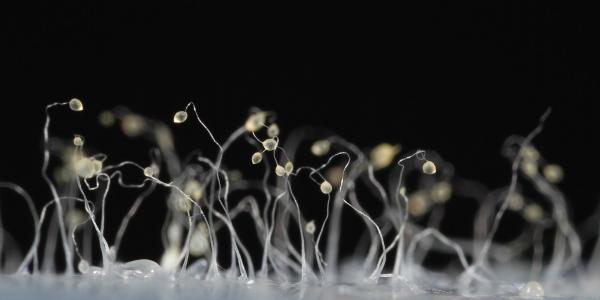Graduate student P.M. Shreenidhi joins David Queller, the Spencer T. Olin Professor of Biology, and other Art & Sciences researchers to study the trade-offs of microscopic predators.

The drama of predators vs. prey — hunting, stalking, fleeing — isn’t limited to the animal kingdom. Underneath our feet, hungry amoebae in the soil pursue and eat bacteria in a microscopic wild kingdom. But being a predator has its own costs, and that’s as true for amoebae as it is for lions or wolves.
In a paper published in PNAS, a team of Arts & Sciences researchers took an unprecedented look at the predatory nature of Dictyostelium discoideum, a soil-dwelling amoeba. “The amoebae prey on a very diverse group of bacteria,” said lead author P.M. Shreenidhi, a graduate student in the Department of Biology. “But when they switch from one bacteria to another, there’s a physiological cost.”
Other authors include David Queller, the Spencer T. Olin Professor of Biology; Joan Strassmann, the Charles Rebstock Professor of Biology; Rachel McCabe, a graduating senior majoring in biology and anthropology; and Debra Brock, a postdoctoral research fellow in the Department of Biology.
As Shreenidhi explained, Dictyostelium discoideum evolved to seek out many types of bacteria. “The soil has different species everywhere you look, so it makes sense that the amoeba is a generalist,” Shreenidhi said. “It’s best not to depend on finding just one species of bacteria to survive.”

Controlled experiments involving petri dishes showed amoebae pay a price for their wide-ranging tastes. Specifically, their growth rate slowed when they were forced to switch from one species of prey to another — even if the new prey was just as nutritious.
However, the reduced growth rates were temporary, suggesting amoebae eventually adjusted to their new diet. “They’re a jack of all trades, a master of none,” Shreenidhi said.

The finding provides new insight into the trade-offs of life at the top of a food chain. “This is one of the big questions in ecology and evolution research,” Queller said. “What are the costs and benefits of being a generalist versus a specialist? The cost of switching is something that has not really been studied in animals.”
Dictyostelium discoideum is a focus of Queller’s lab. “We study it because it has really interesting social behaviors,” he said. “It cooperates with other amoebae but it also cheats. We realized that it eats a lot of bacteria, so we thought it would be interesting to study its approach to predation. The more you get to know an organism, the more you can find to study.”
(Header Image: Dictyostelium discoideum. Usman Bashir/Wikimedia)




